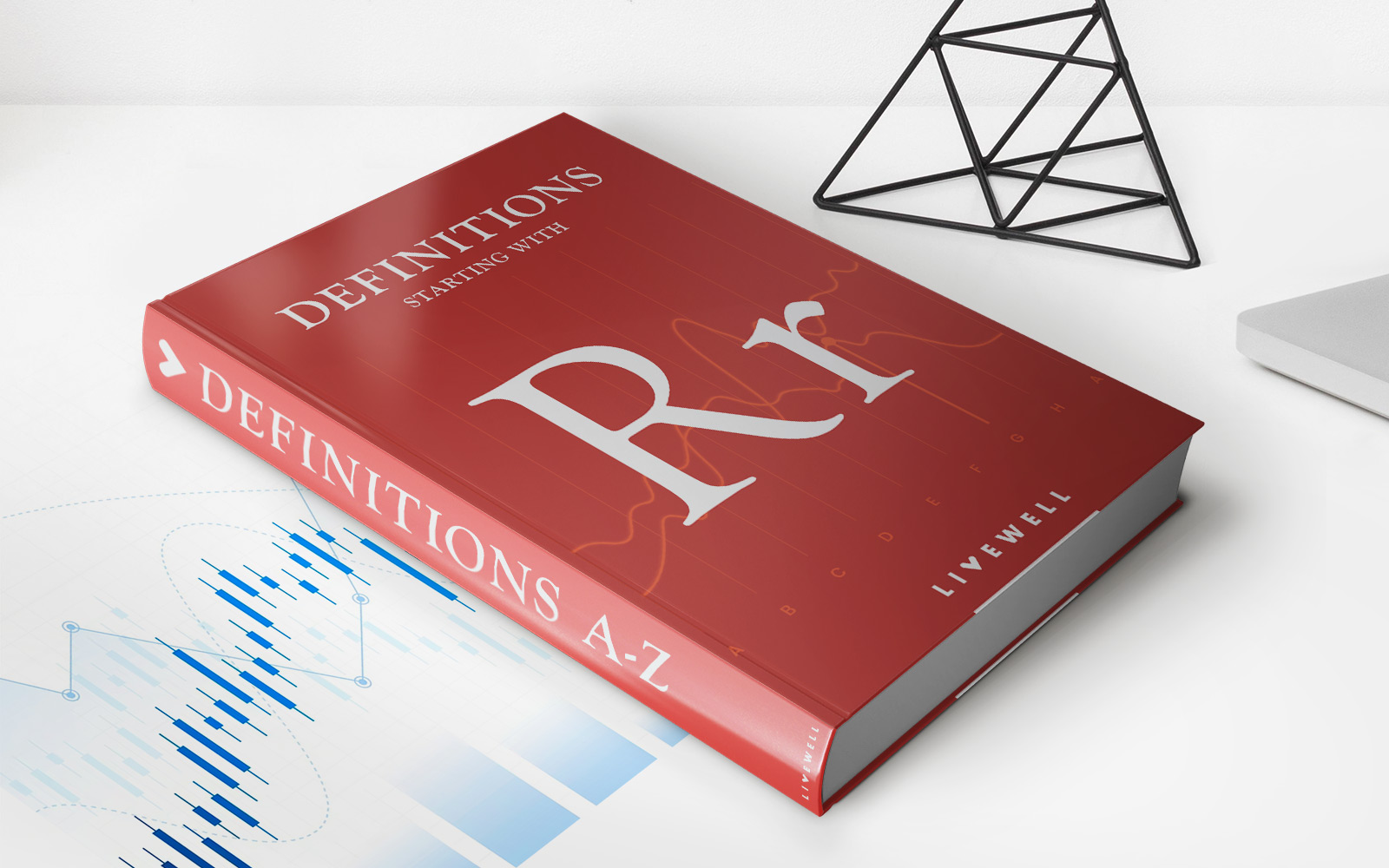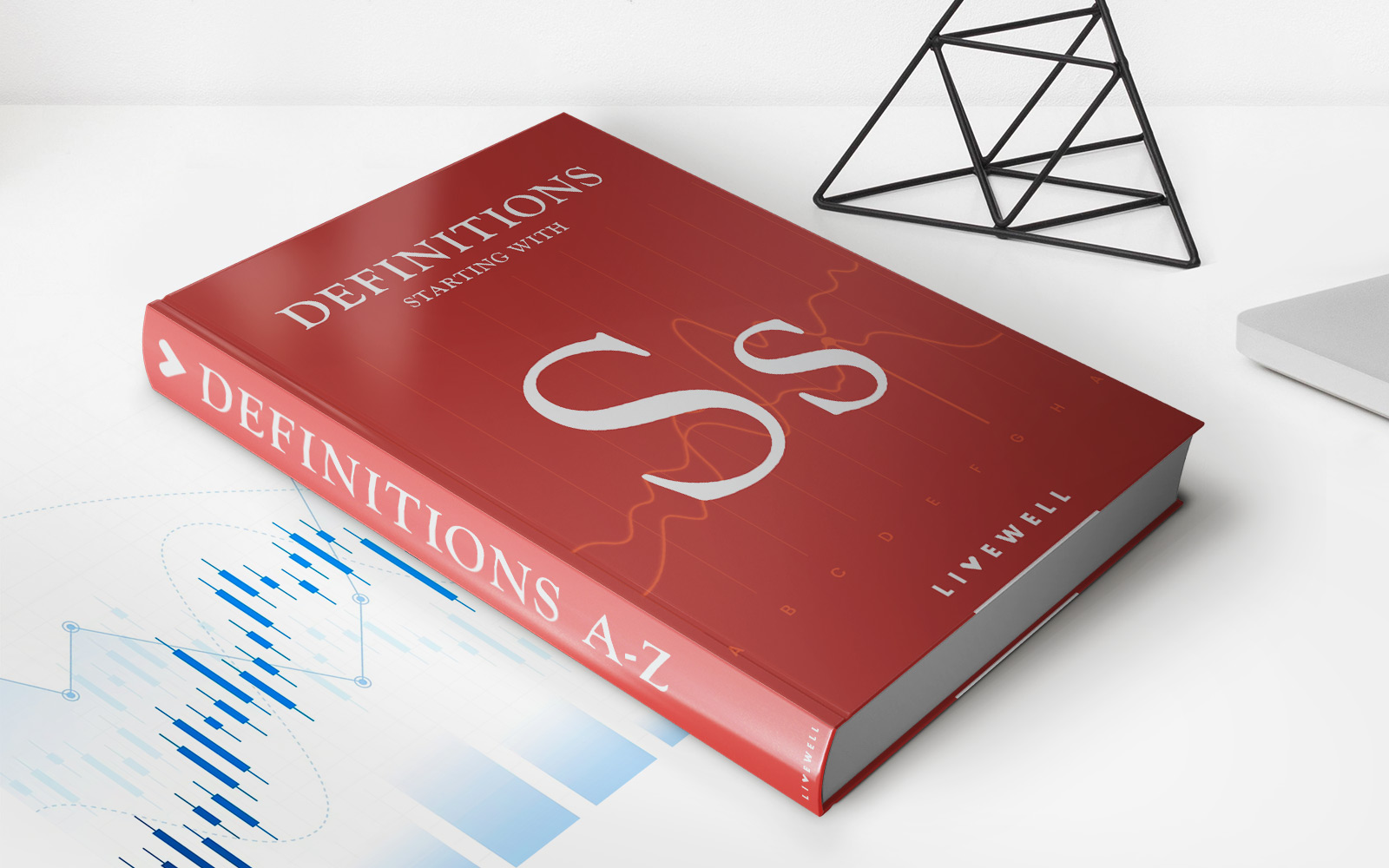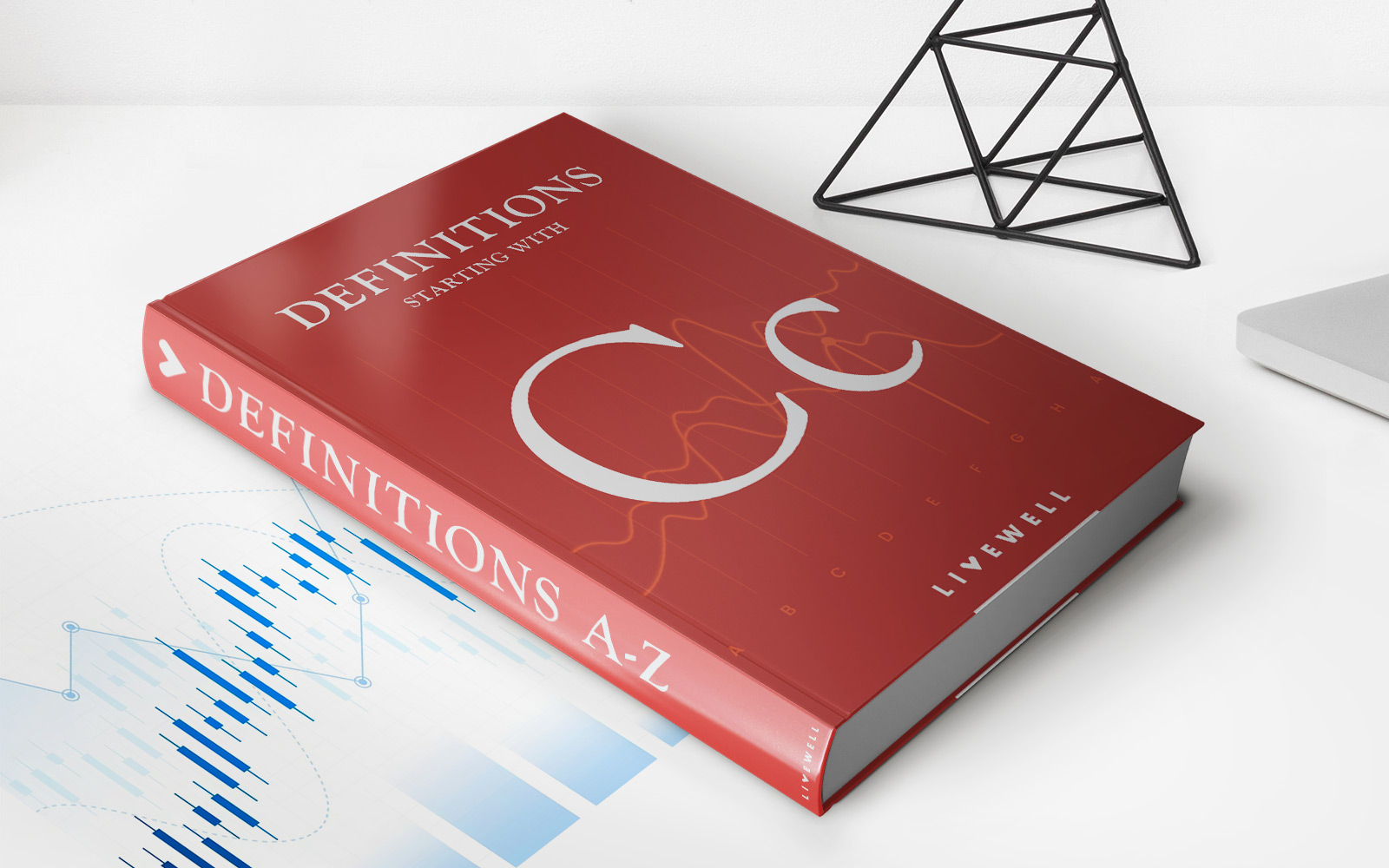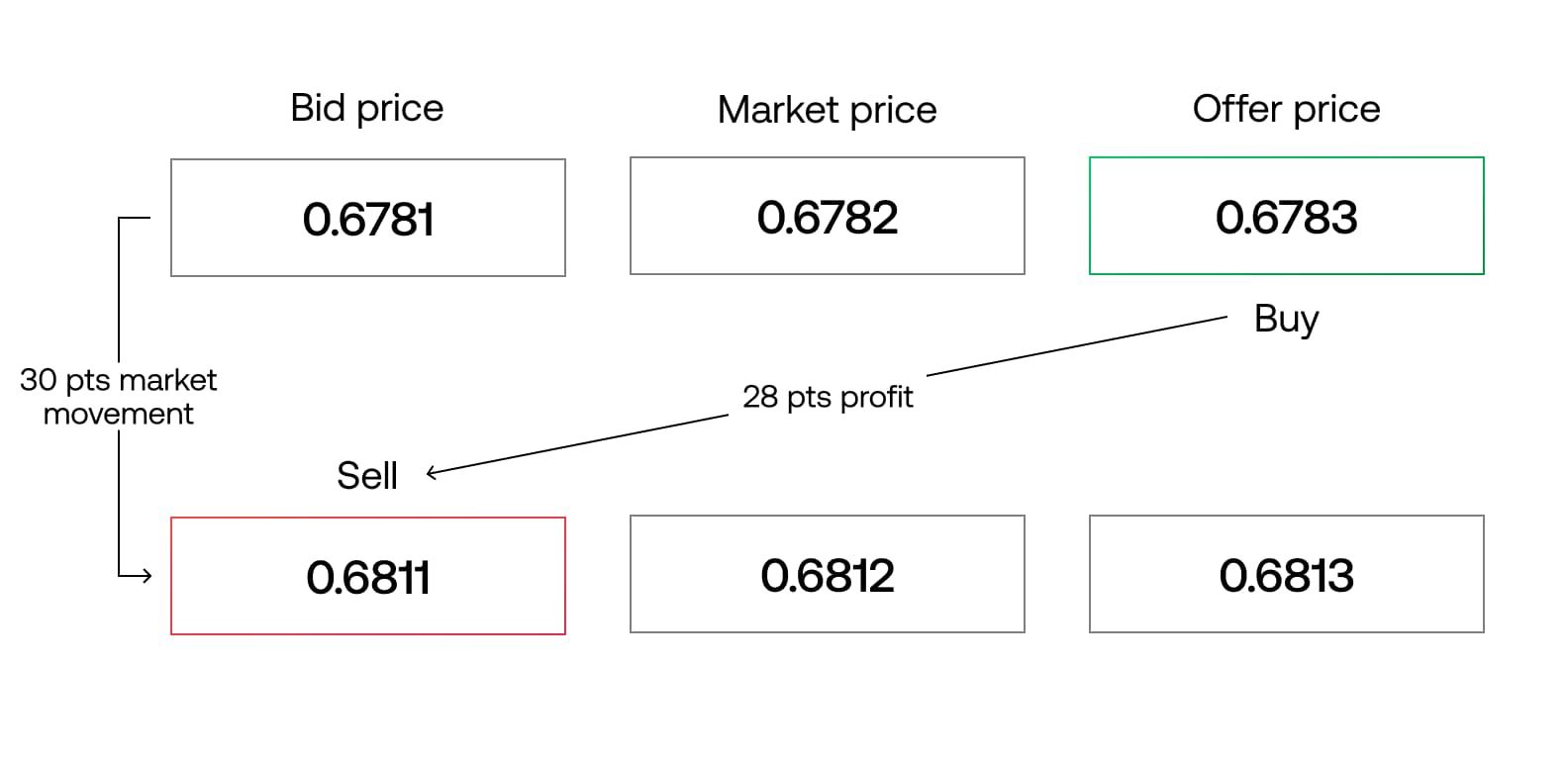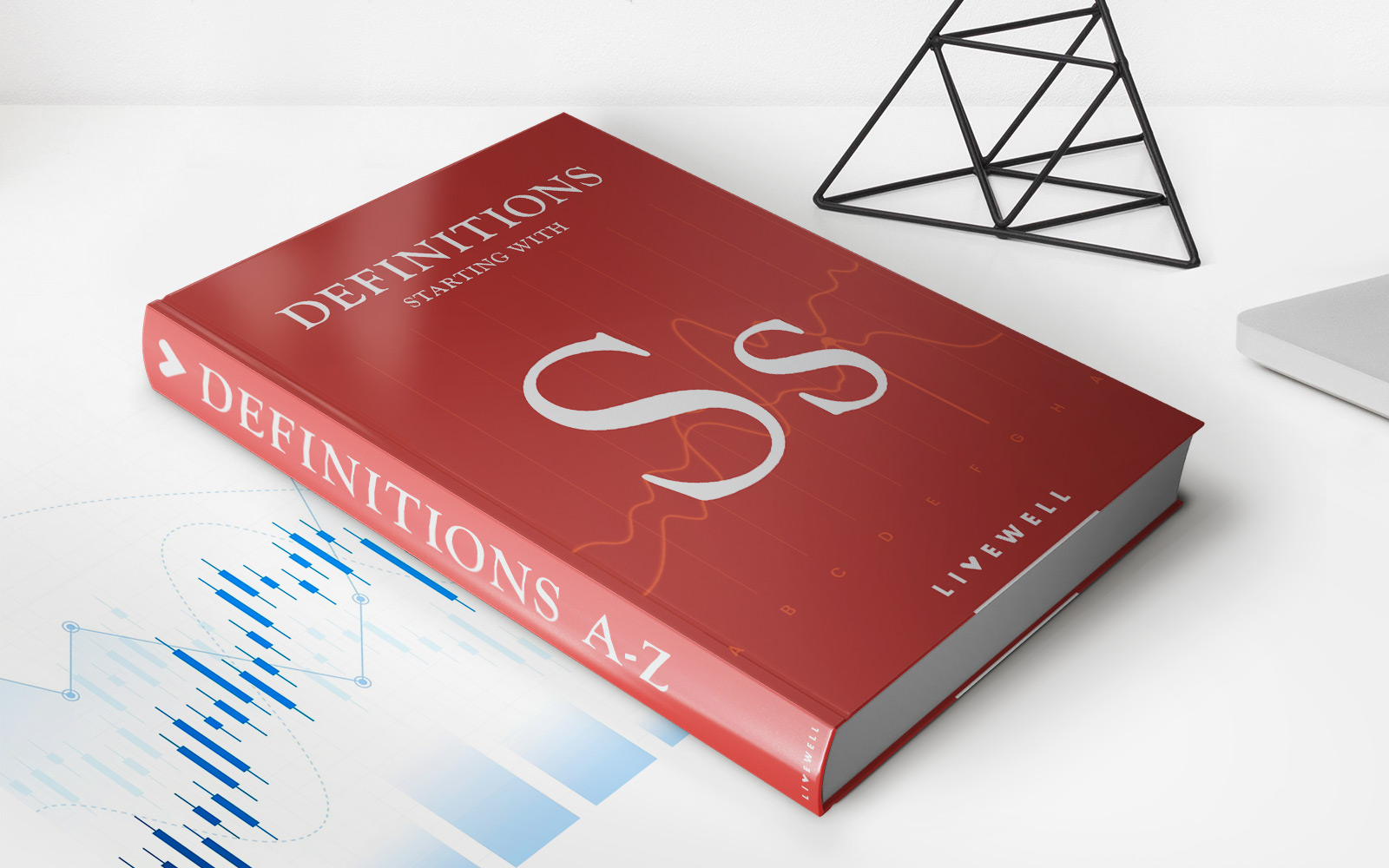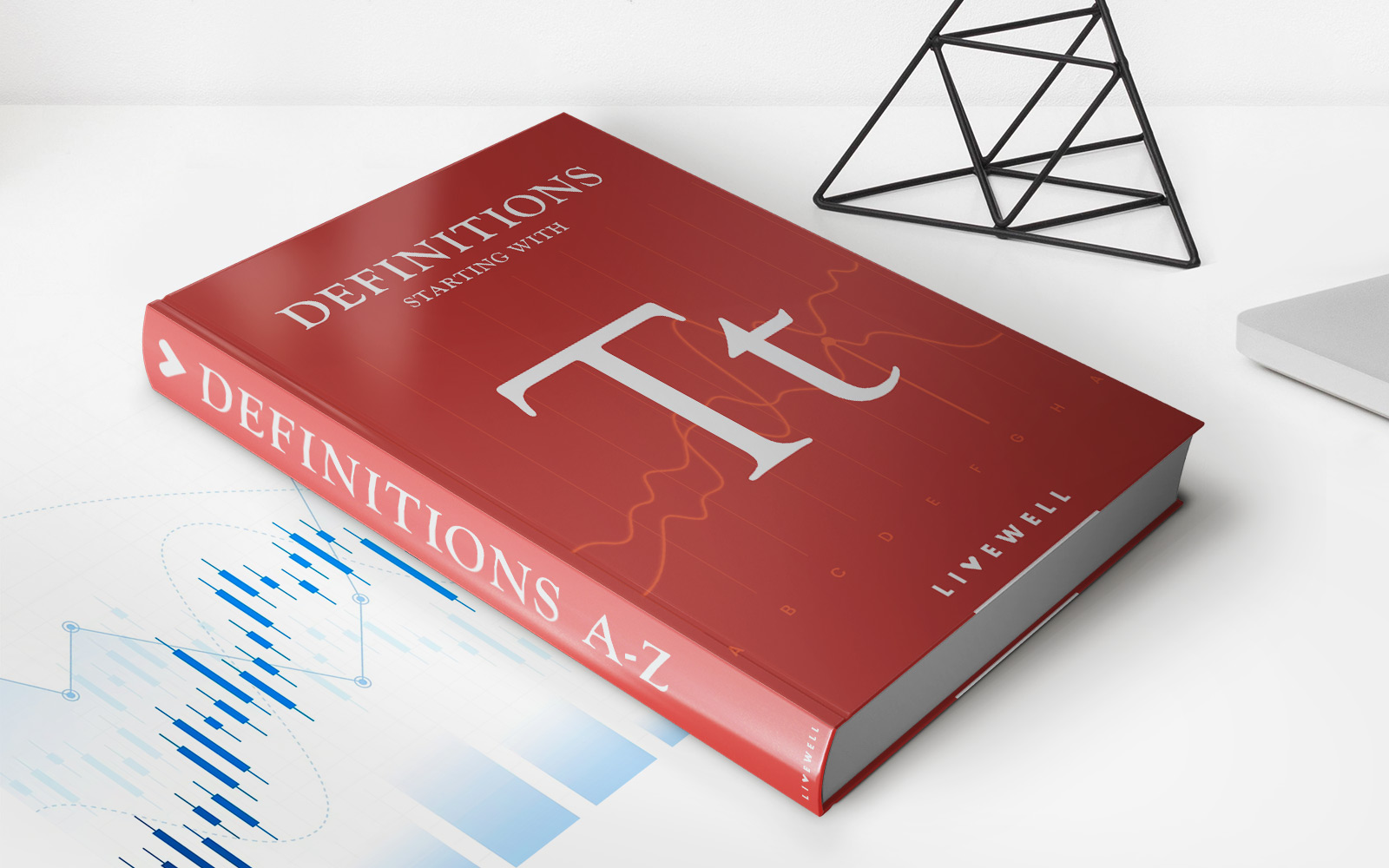Home>Finance>What Is The Standard Repayment Plan For Student Loans


Finance
What Is The Standard Repayment Plan For Student Loans
Modified: February 21, 2024
Learn about the standard repayment plan for student loans and manage your finances effectively. Find out how to navigate the process and secure your financial future.
(Many of the links in this article redirect to a specific reviewed product. Your purchase of these products through affiliate links helps to generate commission for LiveWell, at no extra cost. Learn more)
Table of Contents
- Introduction
- Overview of Student Loan Repayment Plans
- Understanding the Standard Repayment Plan
- Eligibility for the Standard Repayment Plan
- Repayment Period for the Standard Repayment Plan
- Monthly Payment Calculation
- Pros and Cons of the Standard Repayment Plan
- Alternative Repayment Plans
- Loan Forgiveness and Cancellation Options
- Conclusion
Introduction
Student loans have become an integral part of higher education, enabling countless students to pursue their dreams and achieve their academic goals. However, upon graduation, the reality of loan repayment sets in. Navigating the world of student loan repayment can be overwhelming, with various repayment plans available to borrowers.
One common repayment plan that borrowers encounter is the Standard Repayment Plan. This plan serves as the default option for federal student loans and provides a structured approach to paying off your loan balance. Understanding the ins and outs of the Standard Repayment Plan can help borrowers make informed decisions about managing their student loan debt.
In this article, we will delve into the details of the Standard Repayment Plan, including eligibility requirements, repayment periods, monthly payment calculations, and its pros and cons. We will also explore alternative repayment plans and discuss the options for loan forgiveness and cancellation. By the end of this article, you will have a comprehensive understanding of the Standard Repayment Plan and the various choices available to borrowers.
Overview of Student Loan Repayment Plans
When it comes to repaying student loans, borrowers have several options to choose from. These repayment plans are designed to accommodate a variety of financial situations and offer flexibility in managing loan repayment. The key types of student loan repayment plans include the Standard Repayment Plan, Graduated Repayment Plan, Income-Based Repayment (IBR) Plan, Pay As You Earn (PAYE) Plan, and the Revised Pay As You Earn (REPAYE) Plan. Each plan has its own eligibility criteria, repayment terms, and benefits.
The Standard Repayment Plan, as mentioned earlier, is the default repayment plan for federal student loans. It is a fixed payment plan that allows borrowers to repay their loans over a 10-year period. This plan is ideal for borrowers who can handle the standard monthly payments without significant financial strain. The Graduated Repayment Plan, on the other hand, starts with lower monthly payments that gradually increase every two years. This plan is suitable for borrowers expecting their income to grow over time.
For borrowers who are experiencing financial hardship, income-driven repayment plans such as the IBR, PAYE, and REPAYE plans may be more suitable. These plans adjust the monthly payments based on the borrower’s income, making them more affordable and manageable. The IBR plan caps the monthly payments at a percentage of the borrower’s discretionary income, while the PAYE and REPAYE plans offer more favorable terms for borrowers with high debt relative to their income.
It is important to note that private student loans may have different repayment plan options compared to federal student loans. Private lenders often offer various plans, including fixed payment plans and interest-only repayment plans, which borrowers should carefully consider before making a decision.
Understanding the different repayment plans is vital for borrowers to select a plan that aligns with their financial circumstances and long-term goals. It’s essential to evaluate factors such as loan balance, income, future earning potential, and financial stability before deciding on the most appropriate repayment plan. By choosing the right plan, borrowers can effectively manage their student loan debt while maintaining financial stability.
Understanding the Standard Repayment Plan
The Standard Repayment Plan is a straightforward and fixed repayment plan offered by the U.S. Department of Education for federal student loans. It is based on a 10-year repayment term, dividing the loan balance into equal monthly payments over the course of a decade. This plan is suitable for borrowers who can afford to make the standard monthly payments and want to clear their debt as quickly as possible.
Under the Standard Repayment Plan, borrowers make fixed monthly payments for the entire duration of the loan term. The amount is determined based on the loan balance, interest rate, and the 10-year repayment period. The monthly payments remain the same throughout the repayment term, ensuring consistency and predictability for borrowers.
One advantage of the Standard Repayment Plan is that it allows borrowers to pay off their loans faster compared to other repayment options. By following the set repayment schedule, borrowers can eliminate their debt within a decade. This can free up financial resources sooner, allowing individuals to focus on other financial goals such as saving for a home or investing for retirement.
However, it’s important to note that the fixed monthly payments of the Standard Repayment Plan may be higher compared to other repayment plans, especially those based on income. This can pose challenges for borrowers with limited income, as they may struggle to make the higher payments. It’s crucial to assess your financial situation and determine if the Standard Repayment Plan is the most suitable option for your circumstances.
Additionally, borrowers on the Standard Repayment Plan may end up paying more in interest over the life of the loan compared to other extended repayment plans or income-driven repayment options. This is because the fixed payments of the Standard Repayment Plan do not adjust to account for changes in income or financial circumstances.
Overall, the Standard Repayment Plan offers a structured approach to loan repayment, providing a clear timeline for borrowers to become debt-free. It is essential to evaluate your financial situation and consider your long-term goals before opting for this repayment plan. If the standard monthly payments are manageable and you want to pay off your loans quickly, the Standard Repayment Plan may be the right choice for you.
Eligibility for the Standard Repayment Plan
The Standard Repayment Plan is available to borrowers with federal student loans, including Direct Subsidized Loans, Direct Unsubsidized Loans, and Direct PLUS Loans. This plan is not applicable to private student loans as they have their own repayment options offered by the loan servicer or lender.
To be eligible for the Standard Repayment Plan, borrowers must meet certain criteria. Firstly, borrowers must have federal student loans that are eligible for the plan. This includes loans obtained through the William D. Ford Federal Direct Loan (Direct Loan) Program.
Secondly, borrowers must be in a repayment status. This means that they have completed their education and the six-month grace period has ended. The grace period typically starts after graduation, withdrawal from school, or dropping below half-time enrollment.
It’s important to note that certain federal student loans may have specific eligibility criteria for the Standard Repayment Plan. For example, Direct PLUS Loans made to graduate or professional students may require borrowers to consolidate their loans into a Direct Consolidation Loan to be eligible for the Standard Repayment Plan.
It’s recommended for borrowers to check with their loan servicer or the Department of Education to verify their eligibility for the Standard Repayment Plan. The loan servicer is responsible for managing the repayment of federal student loans and can provide specific information on repayment options and eligibility requirements.
In summary, to qualify for the Standard Repayment Plan, borrowers must have federal student loans that are eligible for the plan and be in a repayment status. Meeting these requirements allows borrowers to take advantage of the structured and predictable repayment schedule offered by the Standard Repayment Plan.
Repayment Period for the Standard Repayment Plan
The Standard Repayment Plan offers borrowers a fixed repayment period of 10 years. This means that borrowers who choose this plan will make equal monthly payments for a duration of 10 years until their loan is paid off in full.
The 10-year repayment period is the default option for federal student loans, providing borrowers with a clear timeline for when their loans will be fully repaid. By adhering to the repayment schedule, borrowers can benefit from the certainty and structure offered by the Standard Repayment Plan.
It’s worth noting that the 10-year repayment period can be shortened if borrowers choose to make additional payments towards their loans. By paying more than the required monthly amount, borrowers can reduce the overall repayment period and save on interest costs. Conversely, making smaller or minimum payments will extend the repayment period beyond 10 years, resulting in higher interest charges over the life of the loan.
It’s important to consider your financial situation and long-term goals when determining the repayment period for your student loans. While the 10-year period provides a faster path to loan repayment, it may require higher monthly payments compared to longer repayment options. You should evaluate your income, expenses, and financial stability to ensure that the monthly payments are manageable without causing significant financial strain.
If the standard 10-year repayment period poses challenges for your financial circumstances, it’s worth exploring alternative repayment plans that offer extended terms or income-driven options. These plans can provide more flexibility by adjusting monthly payments based on your income and family size, making them more affordable in the short term.
Ultimately, the repayment period for the Standard Repayment Plan can vary depending on individual circumstances and financial goals. The 10-year timeframe offers a balance between paying off your loans in a reasonable period and minimizing interest costs. However, borrowers should carefully consider their financial situation and evaluate other repayment options to determine the most appropriate repayment period for their specific needs.
Monthly Payment Calculation
The monthly payment for the Standard Repayment Plan is determined based on several factors, including the loan balance, interest rate, and repayment period. The loan servicer or the Department of Education calculates the monthly payment amount and communicates it to the borrower.
To calculate the monthly payment, the loan balance is divided equally over the 10-year repayment period. This means that each month, borrowers will pay a fixed amount that includes both the principal and interest. The interest is calculated based on the current interest rate and the outstanding loan balance.
It’s important to note that the interest rate can vary depending on the type of federal student loan. For example, Direct Subsidized and Unsubsidized Loans for undergraduate students have different interest rates compared to Direct PLUS Loans for graduate or professional students. Borrowers should review the terms of their specific loan to determine the applicable interest rate for their Standard Repayment Plan.
Calculating the monthly payment amount can be complex, especially when considering the compounding interest on student loans. However, loan servicers simplify this process by providing borrowers with a detailed repayment schedule that outlines each monthly payment throughout the 10-year period. This schedule allows borrowers to understand the breakdown of principal and interest for each payment.
It’s essential for borrowers to review their repayment schedule and ensure they understand the monthly payment amount. This will help them budget and plan their finances accordingly. If the monthly payments are causing financial strain, borrowers may want to consider alternative repayment plans that offer lower monthly payments or income-driven options that adjust payments based on income.
Overall, the monthly payment for the Standard Repayment Plan is determined by dividing the loan balance equally over the 10-year repayment period, factoring in the interest rate. It is crucial for borrowers to review their specific loan terms and repayment schedule to understand the monthly payment breakdown, allowing them to stay on top of their student loan repayment obligations.
Pros and Cons of the Standard Repayment Plan
The Standard Repayment Plan offers several advantages and disadvantages that borrowers should consider when determining the most appropriate repayment option for their student loans. Understanding the pros and cons can help borrowers make informed decisions about managing their debt effectively.
Pros:
- Clear timeline: The Standard Repayment Plan provides a structured repayment schedule, allowing borrowers to know exactly when they will become debt-free. The fixed 10-year repayment period offers a clear timeline for loan repayment.
- Faster debt payoff: By adhering to the standard monthly payments, borrowers can pay off their loans faster compared to extended repayment plans.
- Predictable monthly payments: With the Standard Repayment Plan, borrowers make equal monthly payments throughout the repayment period. This provides consistency and predictability, making it easier to budget and plan finances.
Cons:
- Higher monthly payments: The fixed monthly payments of the Standard Repayment Plan may be higher compared to other repayment options. This can be challenging for borrowers with limited income, potentially causing financial strain.
- Potential for higher interest costs: Due to the shorter repayment period, borrowers on the Standard Repayment Plan may end up paying more in interest over the life of the loan compared to longer repayment options or income-driven plans.
- Not flexible: The Standard Repayment Plan does not offer flexibility in adjusting the monthly payments based on income or financial circumstances. This can make it difficult for borrowers experiencing financial hardship or other unexpected challenges.
It is important for borrowers to evaluate their financial situation, income stability, and long-term goals when considering the pros and cons of the Standard Repayment Plan. While the plan offers a clear path to debt payoff, it may not be the best option for everyone. Borrowers should assess their ability to make the higher monthly payments and consider alternative repayment plans if the standard payments are causing financial strain.
Ultimately, the decision to choose the Standard Repayment Plan should be based on individual circumstances. Borrowers should carefully weigh the pros and cons and explore other repayment options before making a final decision. It is recommended to consult with loan servicers or financial advisors to ensure the chosen repayment plan aligns with their financial goals and capabilities.
Alternative Repayment Plans
The Standard Repayment Plan may not be the best fit for every borrower, especially those who are facing financial challenges or have difficulty making the higher monthly payments. Luckily, there are alternative repayment plans available for federal student loans that offer more flexibility and affordability. Here are some common alternative repayment plans to consider:
- Graduated Repayment Plan: The Graduated Repayment Plan starts with lower monthly payments that gradually increase every two years. This plan is suitable for borrowers who expect their income to increase over time.
- Extended Repayment Plan: The Extended Repayment Plan extends the repayment period beyond 10 years, offering lower monthly payments. Borrowers can choose between fixed or graduated payments and may require a higher loan balance to qualify.
- Income-Based Repayment (IBR) Plan: The IBR Plan adjusts monthly payments based on the borrower’s income and family size. The payments are capped at a percentage of the borrower’s discretionary income. After 20-25 years of qualifying payments, any remaining balance may be eligible for forgiveness.
- Pay As You Earn (PAYE) Plan: The PAYE Plan is an income-driven repayment plan that caps the monthly payments at 10% of the borrower’s discretionary income. This plan also provides forgiveness of any remaining balance after 20 years of qualifying payments.
- Revised Pay As You Earn (REPAYE) Plan: The REPAYE Plan is similar to the PAYE Plan but is available to more borrowers, regardless of when they took out their loans. Payments are capped at 10% of discretionary income, and any remaining balance may be eligible for forgiveness after 20-25 years, depending on whether the loans were for undergraduate or graduate studies.
It is important to research and compare the terms and benefits of these alternative repayment plans. Each plan has its own eligibility requirements, repayment periods, and potential for loan forgiveness. Borrowers should assess their financial situation and long-term goals to determine which plan aligns best with their needs.
To explore these options, borrowers can reach out to their loan servicer or visit the Federal Student Aid website to review and apply for alternative repayment plans. Taking the time to understand and evaluate these choices can help borrowers find a repayment plan that offers the necessary flexibility and affordability to manage their student loan debt effectively.
Loan Forgiveness and Cancellation Options
In addition to the various repayment plans, there are also loan forgiveness and cancellation options available for borrowers with federal student loans. These programs can provide significant relief by forgiving a portion or the entire remaining loan balance under certain circumstances. Here are some notable options to consider:
- Public Service Loan Forgiveness (PSLF): The PSLF program forgives the remaining loan balance after borrowers make 120 qualifying payments while working full-time for a qualifying employer, such as a government or non-profit organization. This program is ideal for borrowers pursuing a career in public service.
- Teacher Loan Forgiveness: Teachers who work in low-income schools or educational service agencies may be eligible for loan forgiveness up to $17,500, depending on their subject area and years of service. This program offers significant relief for educators dedicated to serving in high-need schools.
- Income-Driven Repayment (IDR) Plan Forgiveness: Borrowers on income-driven repayment plans, such as IBR, PAYE, and REPAYE, may be eligible for loan forgiveness after making consecutive payments for 20-25 years, depending on the plan and loan type. The remaining balance is forgiven, though it may be subject to income tax.
- Perkins Loan Cancellation: Teachers, nurses, military personnel, and other professionals in high-demand fields may be eligible for partial or complete loan cancellation for their Perkins Loans. The cancellation criteria vary depending on the profession and the duration of service.
- Disability Discharge: Borrowers who become totally and permanently disabled may qualify for a discharge of their federal student loans. This discharge program provides relief for individuals facing long-term disabilities that prevent them from repaying their loans.
It’s crucial for borrowers to thoroughly review the eligibility requirements, application procedures, and potential tax implications for each forgiveness or cancellation program. Contacting the loan servicer or visiting the Federal Student Aid website can provide detailed information on these options.
Keep in mind that loan forgiveness and cancellation options may have specific conditions and deadlines, so it’s essential to stay informed and submit any necessary documentation in a timely manner. These programs can offer significant relief for borrowers burdened by student loan debt, helping them achieve financial freedom and move forward in their lives.
Conclusion
Navigating the world of student loan repayment can be overwhelming, but understanding the options available to you is crucial in effectively managing your debt. The Standard Repayment Plan serves as the default option for federal student loans, offering a structured approach to paying off your loans over a 10-year period. While this plan is suitable for borrowers who can comfortably make the higher monthly payments, it may not be the best fit for everyone.
It’s important to carefully consider your financial situation, long-term goals, and other repayment plan options before making a decision. Alternative repayment plans, such as the Graduated Repayment Plan or income-driven plans like IBR, PAYE, or REPAYE, may offer more flexibility and affordability based on your income and family size.
Additionally, exploring loan forgiveness and cancellation options such as PSLF, Teacher Loan Forgiveness, or disability discharge can provide significant relief for eligible borrowers. These programs can help reduce or eliminate your remaining loan balance under certain circumstances.
Remember to research, compare, and evaluate the terms and benefits of each repayment plan and forgiveness option. Consult with your loan servicer or financial advisor to determine the most suitable approach for managing your student loan debt. By making informed choices, you can effectively plan for your financial future, achieve debt freedom, and pursue your long-term goals beyond education.
Lastly, it’s important to stay proactive and engaged in managing your student loans. Keep track of your repayment schedule, explore opportunities to make extra payments when possible, and stay informed about any updates or changes to loan terms and forgiveness programs. With careful planning and informed decision-making, you can navigate the path to successful student loan repayment.
